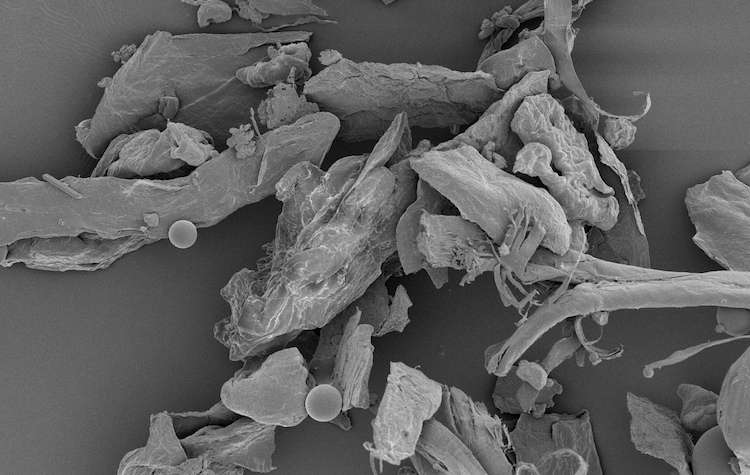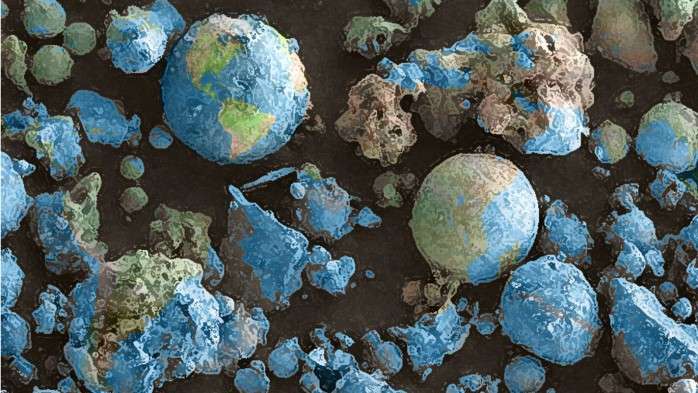Home sweet microbe: Dust in your house can predict geographic region, gender of occupants

The humble dust collecting in the average American household harbors a teeming menagerie of bacteria and fungi, and as researchers from the University of Colorado Boulder and North Carolina State University have discovered, it may be able to predict not only the geographic region of a given home, but the gender ratio of the occupants and the presence of a pet as well.
The new findings, which were published today in the journal Proceedings of the Royal Society B, highlight the impressive amount of microbial diversity in the average household and the degree to which these organisms can tell a story about the homes they inhabit.
"Every day, we're surrounded by a vast array of organisms in our homes, most of which we can't see," said Noah Fierer, an Associate Professor in the Department of Ecology and Evolutionary Biology at CU-Boulder and a co-author of the study. "We live in a microbial zoo, and this study was an attempt to catalog that diversity."
The study examined roughly 1,200 homes across the continental U.S. Volunteers participating in the Wild Life of Our Homes citizen science project helped researchers collect indoor and outdoor dust samples at each site.
On average, each home contains more than 5,000 different species of bacteria and around 2,000 species of fungi. Fungal communities tend to be more predictive of a home's location while bacterial communities provide clues about the identity of its residents.
"Geography is the best predictor of fungi in your home," said Fierer, who is also a research fellow at the Cooperative Institute for Research in Environmental Sciences (CIRES) at CU-Boulder. "The reason is that most fungi blow in from outdoors via soil and leaves," he said, noting that a home in the upper Midwest, for instance, will harbor distinct fungi compared to a home in the Southeast.

When it comes to bacteria, however, where you live may be less important than whom you live with. From the dust samples, researchers could confidently predict which homes had pets such as cats or dogs and, to a slightly lesser extent, the gender ratio of the residents. Homes with only male occupants, for example, will have a different bacterial makeup than those with both male and female occupants.
"One of the key takeaways is that if you want to change what you breathe inside your house, you would either have to move very far away or change the people and the pets you live with," said Albert Barbarán, a graduate researcher in CU-Boulder's Department of Ecology and Evolutionary Biology and lead author of the study.
The findings may have future implications for forensic investigations and allergen research.
More information: The ecology of microscopic life in household dust, Proceedings of the Royal Society B, rspb.royalsocietypublishing.or … .1098/rspb.2015.1139
Journal information: Proceedings of the Royal Society B
Provided by University of Colorado at Boulder



















